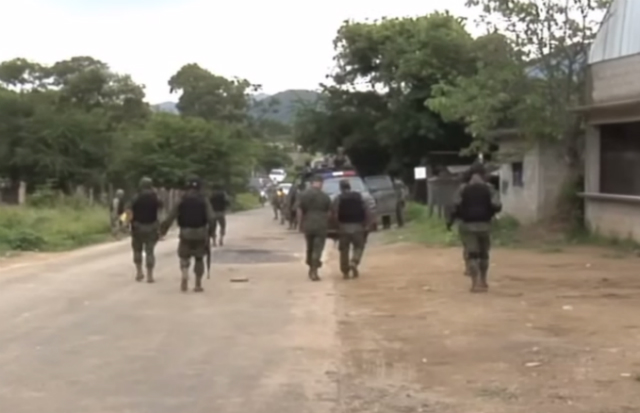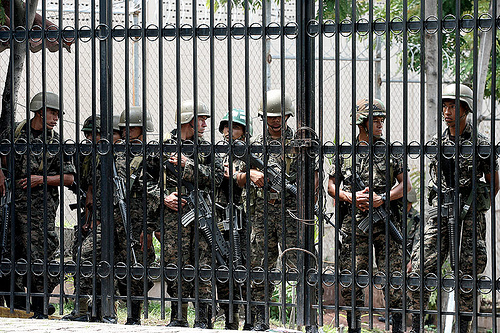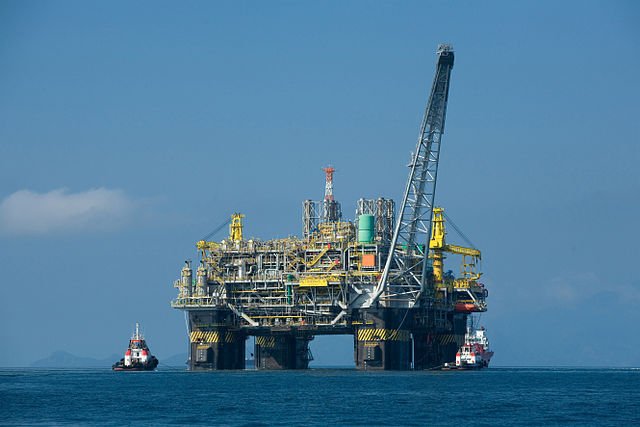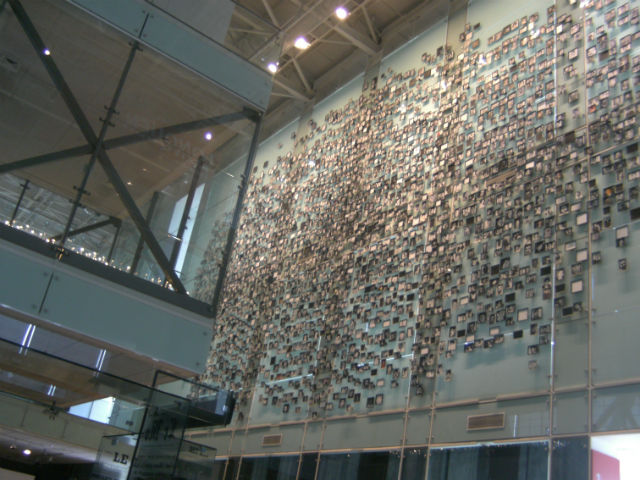
Argentina, Chile, News Briefs, Southern Cone, Uruguay
The Economist Criticized For Equating Violence Of Military Dictatorships With That Of Guerrillas
September 18, 2014 By Camila Osorio
The Economist magazine stoked a controversy this week with an article arguing that memorials commemorating those killed by South America’s rightwing military governments are rewriting the past by playing down acts of violence committed by the left.
In what some have criticized as a “false equivalence,” the article says “the Cold War in Latin America was fought by two equally authoritarian sides.” The piece goes on to say that the left might be “rewriting history” now that is in power by trying to play down any role it might have played in the breakdown of electoral democracy in those years.
The article, which consistent with the magazine’s editorial policy doesn’t carry a byline, equates the Argentine military junta to the Montoneros, a leftwing nationalist guerrilla group. The piece heaps blame on former Chilean President Salvador Allende and his “attempt to impose a Marxist program,” for contributing to “the breakdown of democracy” that ended in his ouster in 1973. The column also says that most young Uruguayans believe the Tupamaro Uruguayan guerrilla group fought “a military dictatorship rather than helped to topple a civilian democracy.”
The Economist says the memorials, like Argentina’s Memory Park, might also be randomly picking numbers of victims: “Memory — in the form of human-rights groups— repeats the figure of 30,000 victims. History — in the shape of an independent commission — could identify only 8,960.”
The assertion by the U.K.’s liberally oriented magazine drew sharp criticism from several authors, the Pan-American Post notes.
Historian Colin Snider observed that the Argentinean commission that identified the 8,960 victims was not as independent as the author claims. The military held significant influence when the report was being made.
Several Argentine human rights groups that continued to investigate the abuses of the military dictatorship long after the 1984 commission stand by the estimate of 30,000 people killed.
Snider also disputes that the left’s version of history is less “objective” than the right’s, arguing that no such thing as a non-subjective history exists, since it is constantly being interpreted.
“History itself has been built on reconciling and interpreting the past based on different accounts and views,” he wrote.
Blogger Lillie Langtry recalled that the methods used for the Argentinean commission were criticized several times. “In many cases depositions were not filed at all,” Langtry writes, “either because the victims had no relatives or because the relatives were frightened or lived a long distance from the center of town.”
Equating the violence of guerrilla groups with that of military juntas has a long history in Latin America, Langtry notes. Known as the “dos demonios,” or “two demons,” theory in Spanish, Langry says the idea winds up “obscuring human rights abuses and seeking to paper over the crimes of the past.”
Those with an ax to grind against South America’s political right have undoubtedly risen to prominence in recent years. Many former Montoneros have been appointed as officials by Argentine President Cristina Fernández de Kirchner. Chilean president Michelle Bachelet was tortured by the authoritarian government of Pinochet. And Uruguayan President José Mujica is a former militant of the Tupamaros who spent 13 years in prison, including two years in the bottom of a well.
But while The Economist views Latin American governments as “whitewashing” their history, artists and professors have criticized those governments for silencing a part of the history of the dictatorship.
Argentine historian Federico Lorenz published an article in July profiling a controversial museum in Buenos Aires on the Malvinas — usually referred to in English as the Falklands Islands– sponsored by the government. The museum was built on the site of the former Navy School of Mechanics (ESMA) that served as one of the biggest detention and torture centers during the dictatorship. Lorenz views the Malvinas war of 1982 partly as a nationalist manipulation used by the military dictatorship, making it ironic that the museum is located in a detention center like ESMA.
With a similar concern, Chilean artist and photographer Andrés Cruzat published his work on the BBC this week with pictures of the coup entangled in contemporary buildings that have “silenced” what happened on Sept. 11 of 1973.
The left has also been very critical of the government’s approach to memory. Carlos Pérez Soto, a well-known professor in Chile, wrote last Sept. 11 that memory is about ending the economic policies that Pinochet’s regime implemented and still remain. “The historical memory of Chile does not require books from the past,” Pérez Soto writes. “All the people that want to read about the causes, that want to understand the tragedy of the Chilean dictatorship, I would say, again and again, with the outrage I have accumulated over the years: read the present, the dictatorship is today.”
Image: Ciberprofe, CC BY 3.0
About Camila Osorio
Camila is a Colombian reporter based in New York City. She has published her work in The New Republic, WNYC, PRI, the Colombian website La Silla Vacía, among others. She is currently checking facts at The New Yorker.
< Previous Article
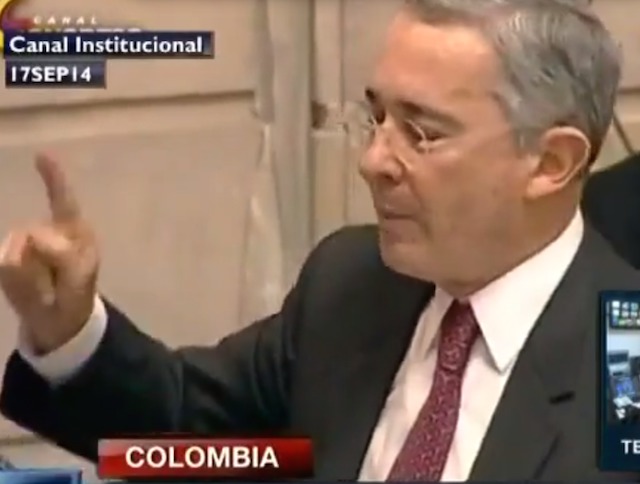
September 18, 2014 > Staff
Álvaro Uribe Defends Himself Against Corruption Charges
Next Article >
